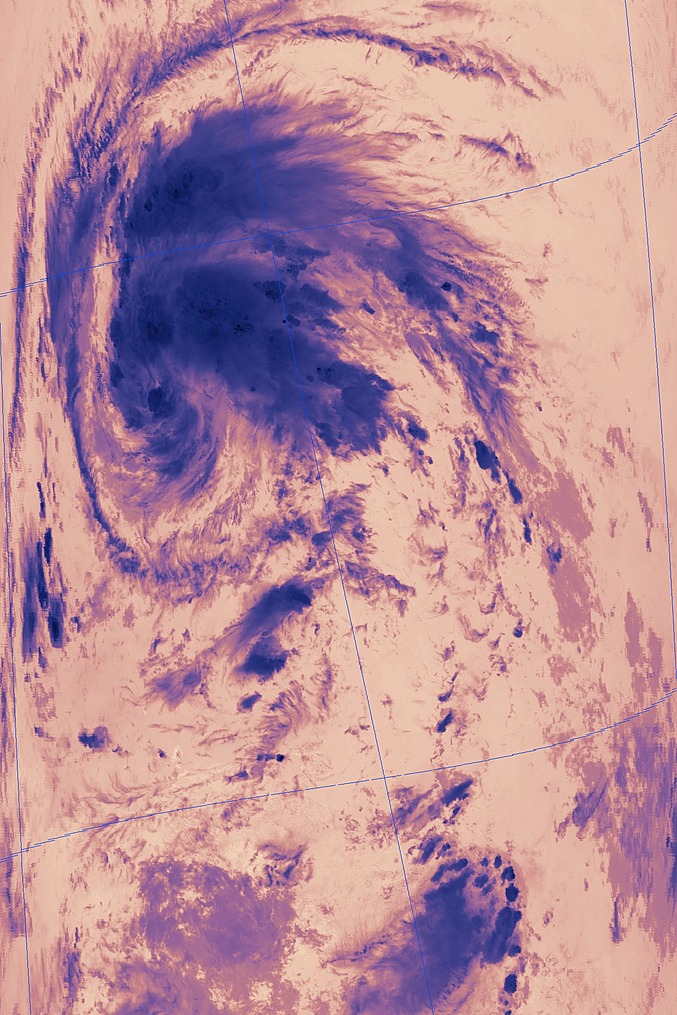If Irene takes a track like NHC has it from the 03z advisory, Jacksonville FL
may well get sustained hurricane force winds, which is extremely rare for that
city. It has has happened only one other time...Dora on 9/10/1964.
First landfalls on the GA coast are also extremely rare. Here is the last major one.
http://en.wikipedia.org/wiki/1898_Georgia_hurricane
And only two hurricanes made their first landfall in GA in the 20th century.
http://weather.unisys.com/hurricane/atlantic/1947/8/track.gif
http://weather.unisys.com/hurricane/atlantic/1979/DAVID/track.gif
The 1979 David track is actually a pretty good analog to the current forecast
track later on. The only difference is David was a Cat 5 hurricane before hitting Hispaniola,
and it weakened to a strong TS briefly after re-emerging over water. It never regained
it former status. Irene is forecast to only skirt the N coast of Hispaniola, however,
this still can be quite detrimental to a system's low level circulation as the southerly
inflow on the storm's W side gets severely disrupted over the island. This is what
happened to Jeanne in Sept 2004.
http://weather.unisys.com/hurricane/atlantic/2004/JEANNE/track.gif
In fact, Jeanne's low level circulation got so disrupted that I believe the original one
literally got spit out of the mass of re-orgazining convection as it was pulling away from the
nrn Haiti coast. Vis sat imagery showed this little low level swirl flying WSW towards
ern Cuba! A new center reformed in the mass of convection to the N. I think I have a
sat image of this somewhere. I'll post it if I can find it.
The main point here is if Irene is held back from getting intense by land interaction now,
that just leaves it more likely to go to town later on, like when approaching the FL Coast?
An intensifying hurricane at landfall is *far* worse than one of the same intensity that is
steady state or weakening one at landfall. This is due to stronger updraft/downdraft couplets
in the eyewall, which push down the extreme winds found only a few hundred meters above
the sfc down to the ground. This is why Hurricane Andrew was so devastating...it was rapidly
intensifying at landfall.





